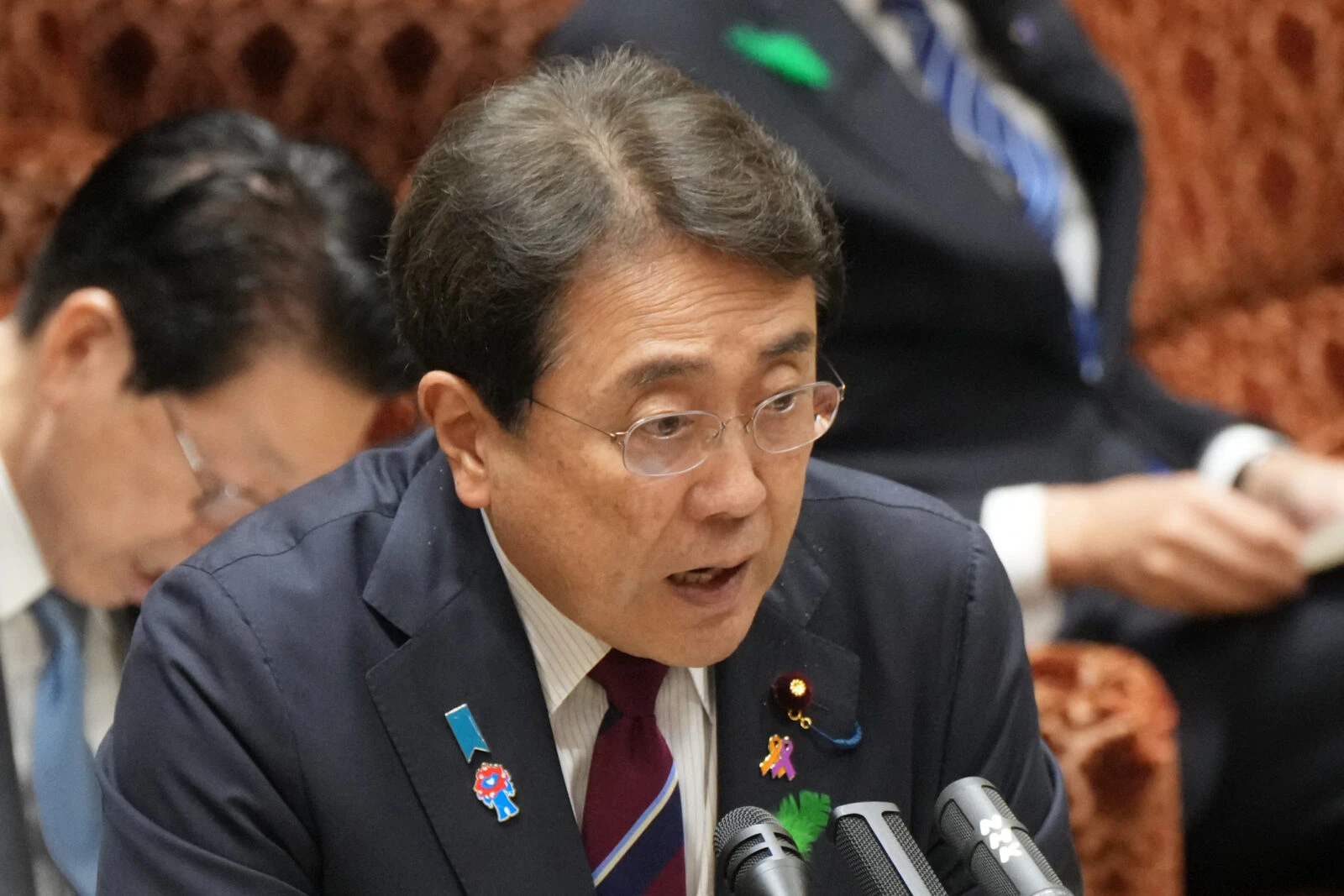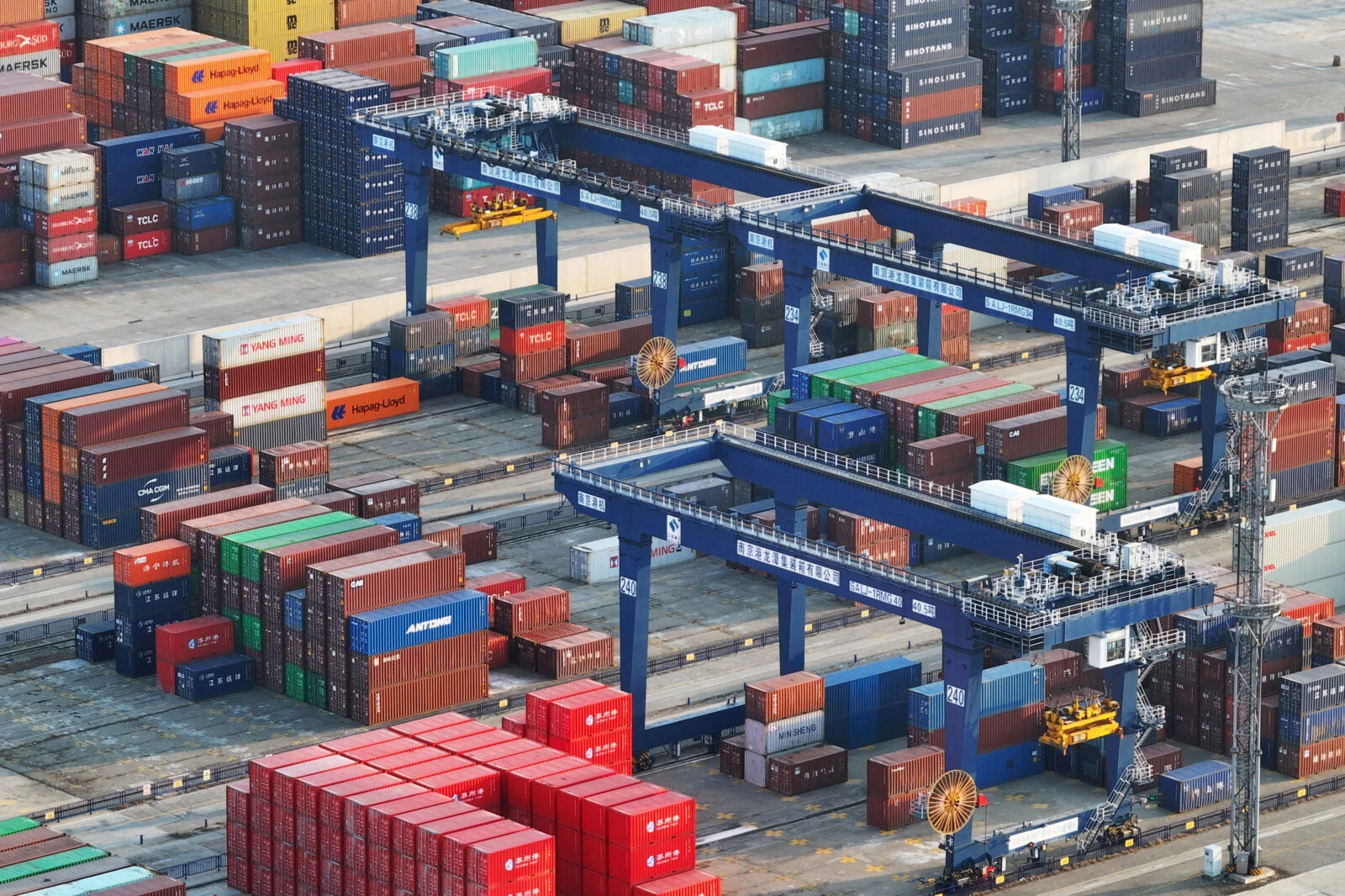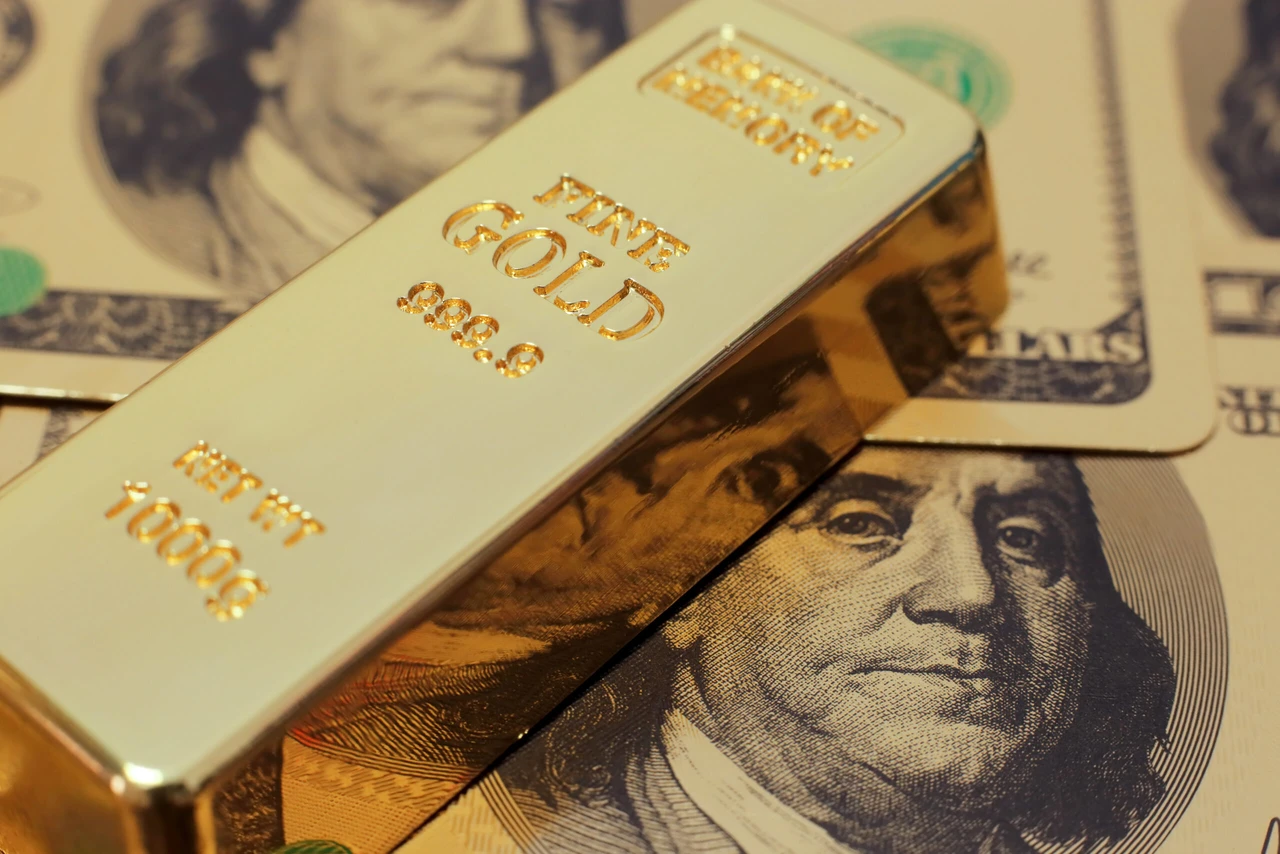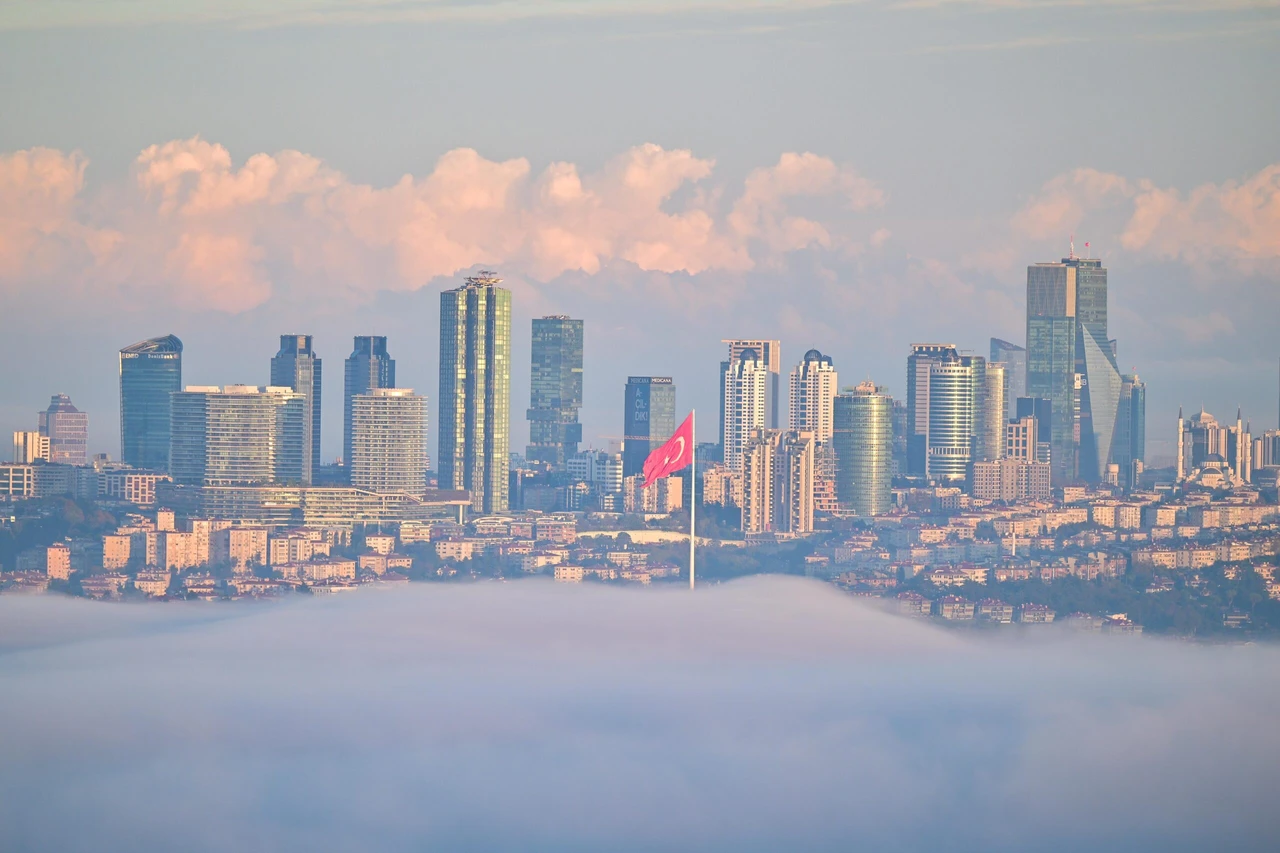From Seoul to New Delhi: Asian powers engage US on Trump tariff relief
 A general view of the Port Container Terminal in New Jersey, U.S, on April 08, 2025, (AA Photo)
A general view of the Port Container Terminal in New Jersey, U.S, on April 08, 2025, (AA Photo)
The U.S. administration’s schedule is packed with high-stakes trade talks with key Asian partners this week, as negotiations continue amid President Donald Trump’s claims that world leaders and business executives are actively seeking relief from sweeping tariffs.
In a post on his Truth Social platform on Sunday, Trump said his April 2 declaration of “Liberation Day,” which introduced reciprocal tariffs targeting countries accused of unfair trade practices, has prompted outreach from foreign governments and corporate leaders.
“They must right the wrongs of decades of abuse, but it won’t be easy for them,” he wrote. “We must rebuild the Wealth of our Great Country, and create true RECIPROCITY.”
Over the past few weeks, Trump has unveiled a series of new tariff policies, issuing shifting statements that have raised concerns over rising global economic uncertainty.
South Korea and US to open formal negotiations
South Korea and the United States are set to hold formal tariff negotiations in Washington this week, according to a statement from the South Korean government on Sunday. South Korean Finance Minister Choi Sang-mok and Trade Minister Ahn Duk-geun will lead the delegation, while the U.S. side will be represented by Treasury Secretary Scott Bessent and U.S. Trade Representative Jamieson Greer.

Seoul stated that the discussions were initiated by Washington and that both sides are coordinating on the meeting’s schedule and agenda. The talks follow the U.S. decision to impose a 25% tariff on South Korean goods, accompanied by a 90-day pause to allow time for negotiations.
Beyond tariff concerns, Seoul and Washington have recently discussed broader trade matters, including non-tariff barriers and cooperation in key sectors such as energy and shipbuilding.
VP Vance heads to India for early agreement
U.S. Vice President JD Vance began a four-day visit to India on Monday, as New Delhi seeks to finalize a trade deal and avoid the full imposition of new U.S. tariffs. India had previously been targeted with tariffs of 26% before the temporary suspension announced by Trump.

The visit follows a February meeting between Indian Prime Minister Narendra Modi and President Trump at the White House. Modi emphasized the need for a “mutually beneficial trade agreement,” while Trump said he shares a “special bond” with the Indian leader but criticized India’s past trade practices.
India’s Department of Commerce has stated that it is closely reviewing the potential implications of the new tariffs while also examining possible opportunities that may arise from the evolving trade environment. The United States remains a key destination for Indian IT and service exports, while New Delhi has expanded military procurement from U.S. defense firms in recent years.
Japan pushes for focused dialogue ahead of deadline
Japanese Prime Minister Shigeru Ishiba said Monday that President Trump’s involvement in trade talks underscores his interest in reaching an agreement with Japan. His comments came in response to a meeting between Trump and Akazawa Ryosei, Japan’s economic revitalization minister, who visited the White House last week for trade discussions.

Ryosei was the first foreign trade envoy received by Trump since the 90-day reprieve was introduced. While the meeting did not produce a breakthrough, Ryosei said Washington is seeking to finalize a deal within the set timeframe. He also warned that Japan could face tariffs of up to 24% on its exports if no agreement is reached, while a 10% baseline tariff remains in place.
Tokyo is also under pressure from the U.S. administration to increase its financial contribution toward hosting more than 50,000 American troops stationed in Japan. However, Ishiba insisted that discussions on security and trade must remain separate.
“I don’t think it is appropriate to discuss security and trade together. We should address security issues without linking them to tariffs,” he said.
Following the meeting, Trump wrote on social media that the two sides had made “big progress” and that it had been “a great honor” to meet with the Japanese delegation. He also reiterated his goal of ensuring what he described as “trade fairness” in U.S.–Japan relations.
China warns against exclusion, slams US protectionism
Amid the ongoing negotiations with other Asian economies, China issued a strong warning on Monday, stating it firmly opposes any U.S. trade agreement that undermines Chinese interests. The Ministry of Commerce said Beijing would take firm countermeasures if such arrangements were made at China’s expense.
The comments came in response to reports that Washington may pressure its trading partners to scale back economic ties with China in exchange for exemptions from new U.S. tariffs.

A spokesperson from the ministry accused the U.S. of using “reciprocity” as a pretext to impose wide-ranging tariffs and force countries into bilateral talks under threat of economic consequences. The spokesperson said the approach amounted to economic coercion and “unilateral bullying” under the guise of fairness.
While most countries currently face a standard 10% U.S. tariff, Chinese products are subject to rates as high as 145%. In retaliation, China has imposed duties of up to 125% on a range of American goods.
The spokesperson emphasized that China has both the determination and the means to defend its legitimate economic interests and warned that any deal excluding China would not go unanswered.



